Friday Day 10 November 3, 2017
Drygalski Fjord
It was a cold, rainy and windy day. We threw on some warm clothes and made our way to the bridge. We were in a cove of the southernmost fjord in South Georgia, Drygalski Fjord, at the very end of it, standing in front of huge glaciers. This fjord is 8.5 miles long and its scenery was exquisite. There were snow petrels flying everywhere, their white feathers often blending into the snow behind them. We learned that 60% of South Georgia is glacier, but most of the glaciers do not make it all the way to the water’s edge. This glacier descends down the mountain right into the bay. It was white, with crevices in blue, and then whole large areas that were a frosted blue (which means the ice is more dense). The glaciers are so strong that they carve the mountains, giving the fiord a dramatic look. And the mountains? They are 6000-7000 feet tall.
So as I stood on the bow of the ship, literally being blown away, not only by the strong winds coming down the glacier, but by the majestic beauty of the surrounding brown and green mountains dotted with white snow, white and blue glaciers, and water that alternated between light blue, dark blue and turquoise. We watched a lone whale dancing in and out of the water. We watched the movement of the water. And we were awed.
Larsen Harbor
We went down for breakfast as the ship backed out of that part of the fjord entered the another inlet on the southern shore, called Larsen Harbor (after Carl Anton Larsen, the pioneer of the whaling industry in South Georgia). Larsen Harbor, a branch of Drygalski Fjord, is a narrow, 2.6 mile long inlet of indenting volcanic rocks. Sir Shackleton’s photographer, Frank Hurley, described the peaks and mountain crests surrounding this harbor as “the most beautiful and exceeding all in grandeur, even that of Milford Sound.”
We really bundled up, donning every layer of clothes that we could, as it was 40 degrees, but with a strong wind. And we were ready to begin our zodiac tours of Larsen Harbor.
There were snow flurries that turned into rain, but that only made the mountains more beautiful as they reflected into the water. We saw young elephant seal males, all alone, probably trying to figure out what they were supposed to be doing. We saw Waddell seals nursing their pups. We saw lots 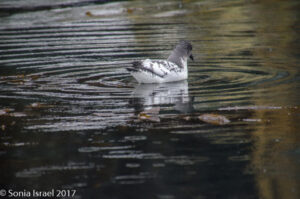 of snow petrels and Antarctic shags swooping around. But mostly it was the quiet, occasionally broken by the sounds of the seals. And the mountains. And the glaciers.
of snow petrels and Antarctic shags swooping around. But mostly it was the quiet, occasionally broken by the sounds of the seals. And the mountains. And the glaciers.
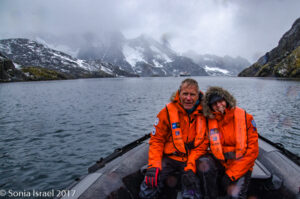 After about an hour and a half, we were soaked, cold, but happy. We headed back to the ship and were greeted by Anders serving warm blueberry juice with a shot of schnapps. Now that warmed us up!
After about an hour and a half, we were soaked, cold, but happy. We headed back to the ship and were greeted by Anders serving warm blueberry juice with a shot of schnapps. Now that warmed us up!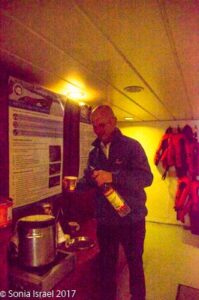
As we came out of our room we looked around the hallway and felt like we were back in a dormitory. All of us had taken our wet clothes and hung them all around the perimeter of the hall.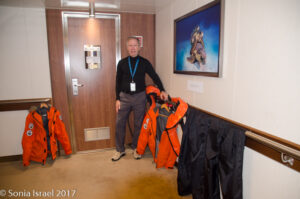
Cooper Bay
That afternoon we continued to the north of the fjord to Cooper Bay for another hike or zodiac tour. As usual, we did the zodiac tour where we saw more petrels, elephant seals and macaroni penguins. It was raining.
We were wet. We were cold. But then, we suddenly became totally energized.
Leopard Seal
There was a leopard seal resting on a rock. The leopard seal (also called a sea leopard), is the second largest species of seal in the Antartica, second only after the elephant seal. It is also second only to the killer whaler among Antarctic’s top predators. And who does it eat? Penguins. All penguins. We watched the leopard seal sitting there, and literally yelled at the penguins to get out of the way. As if they could hear us and understand. And then the leopard seal slithered into the water and disappeared.
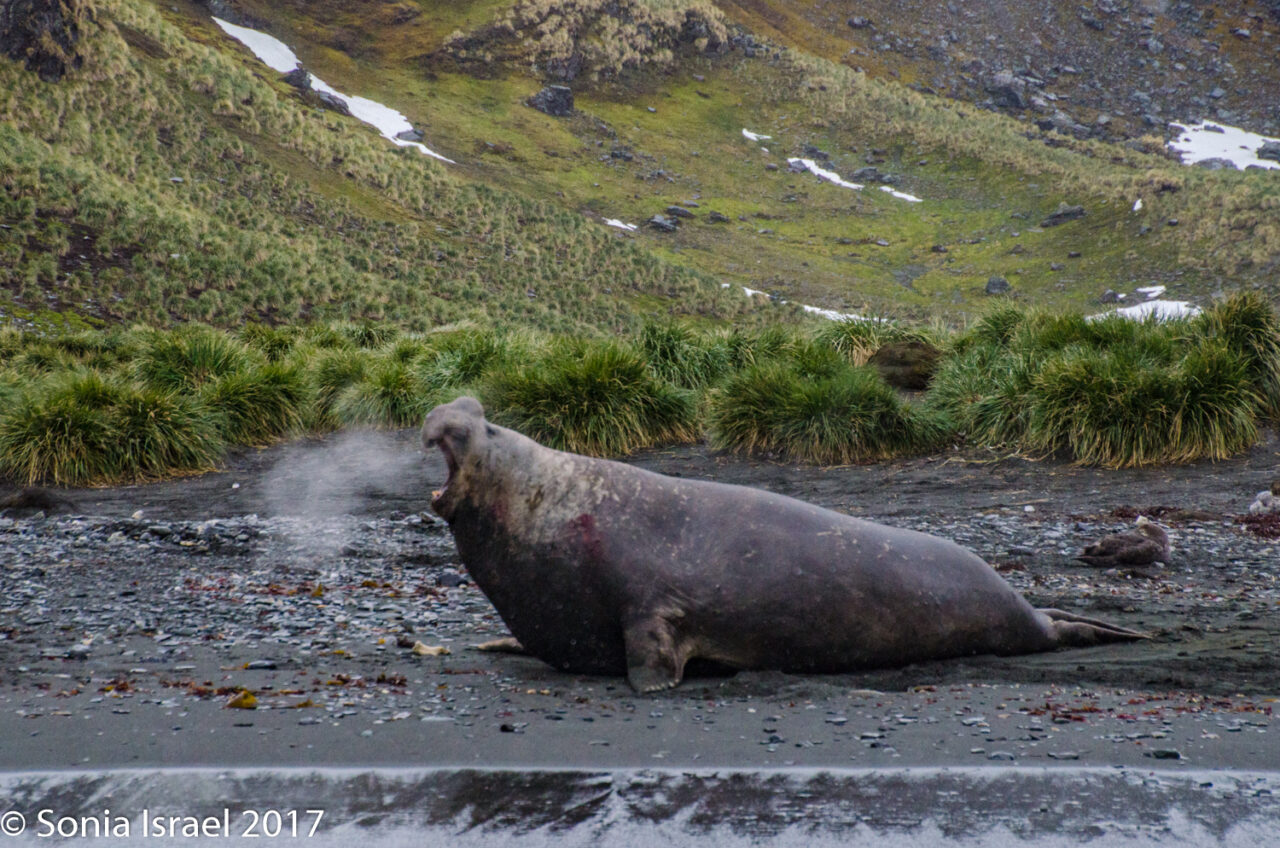
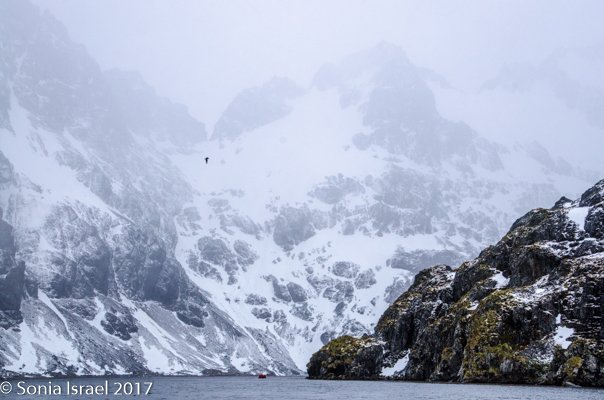
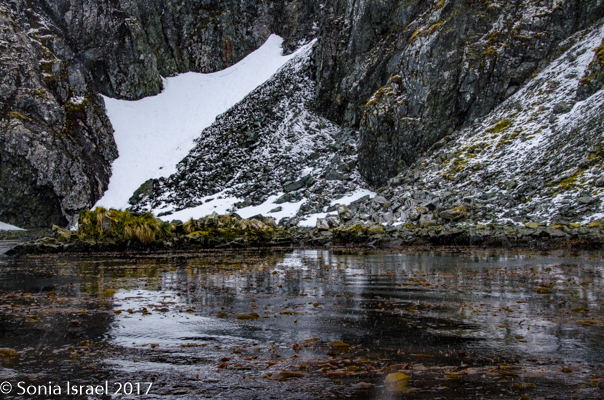
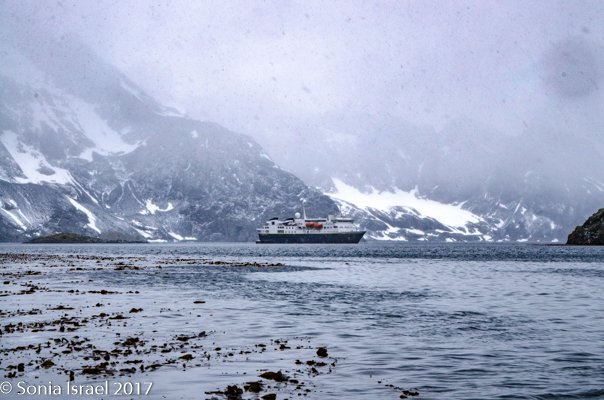
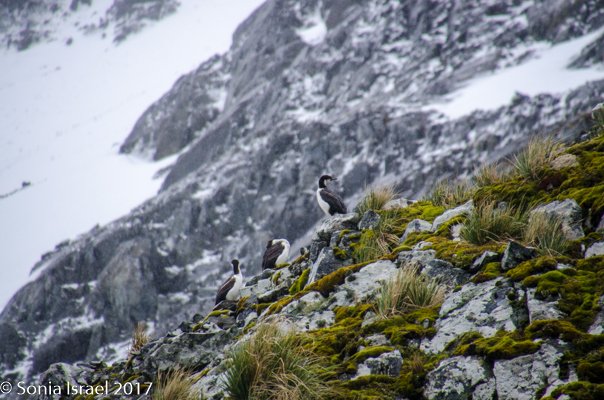
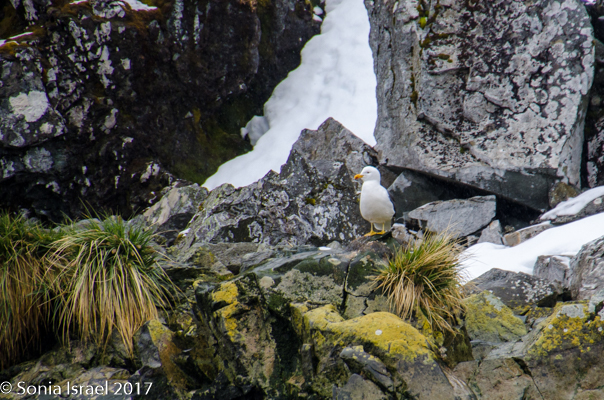
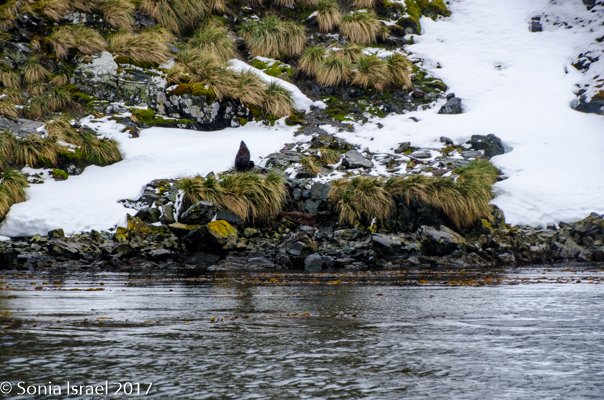
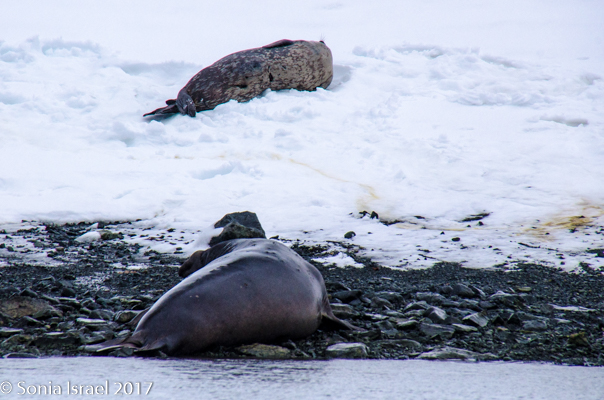
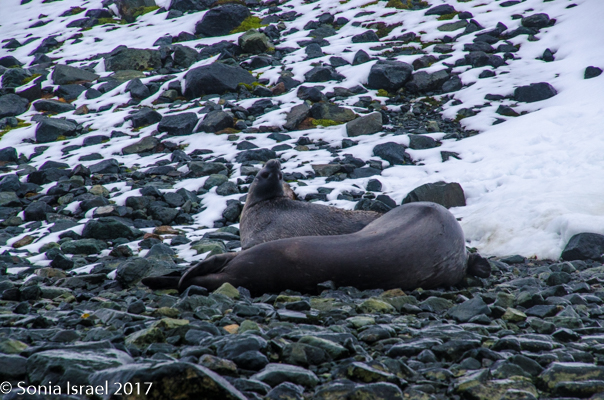
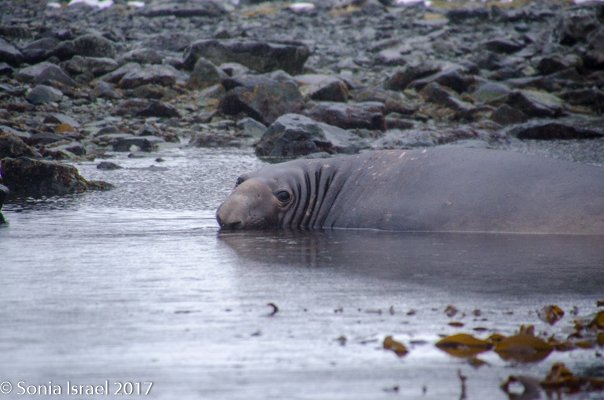
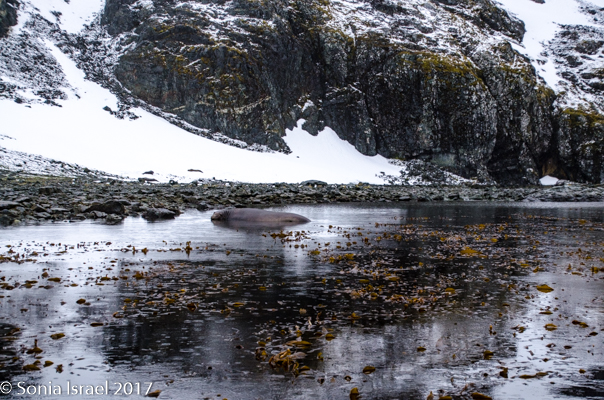
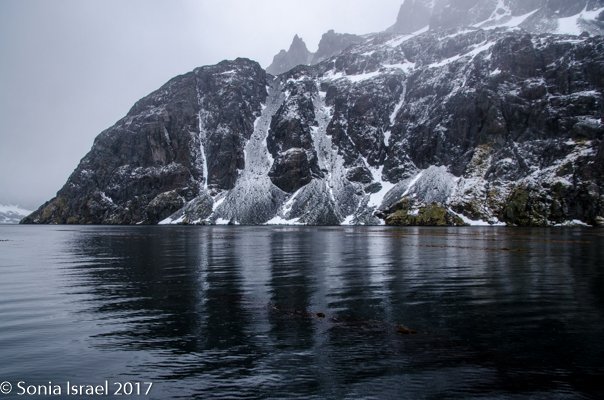
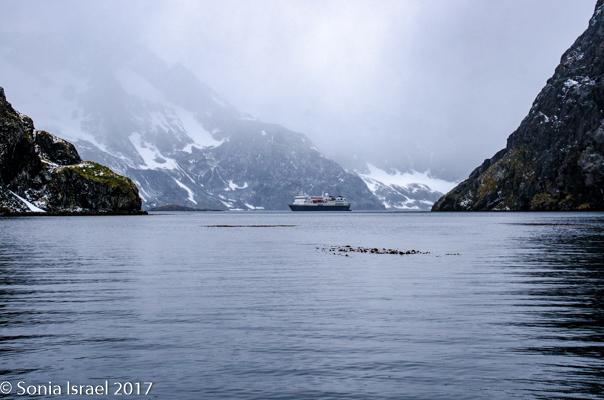
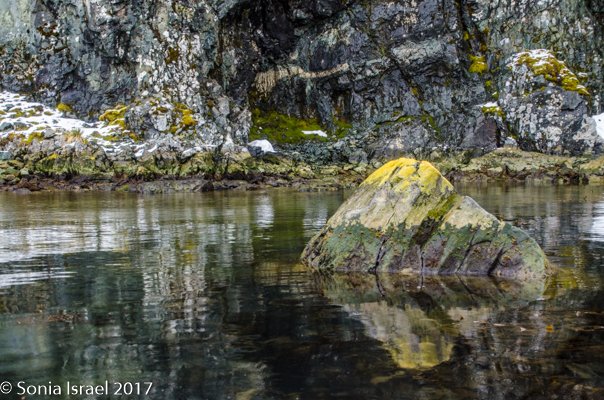
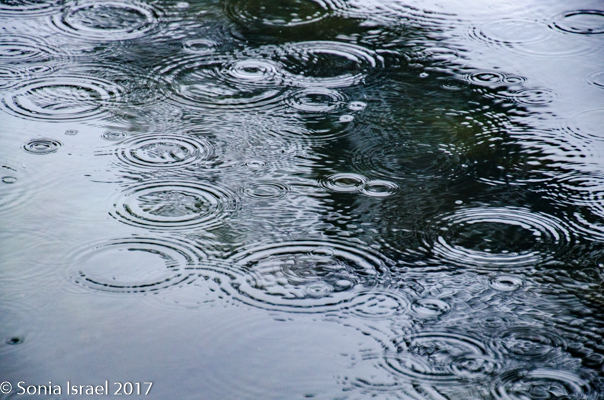
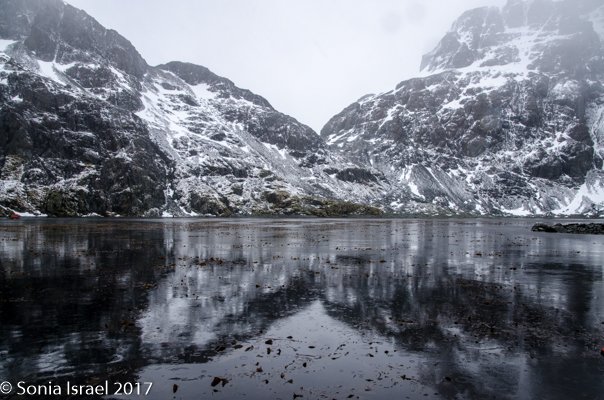
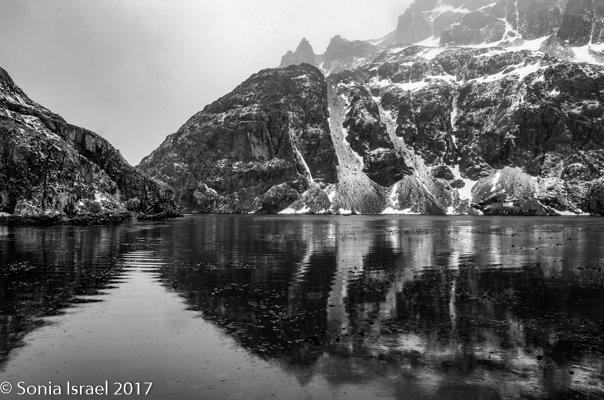
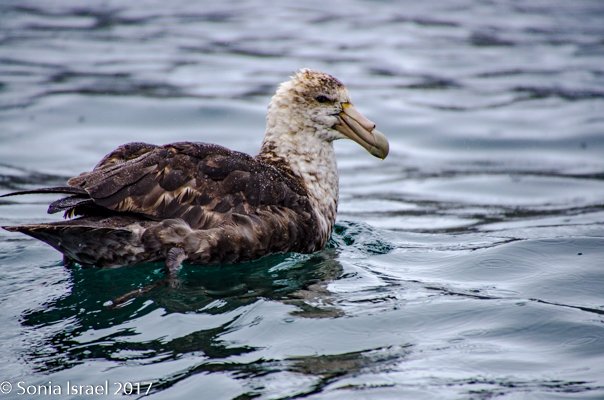
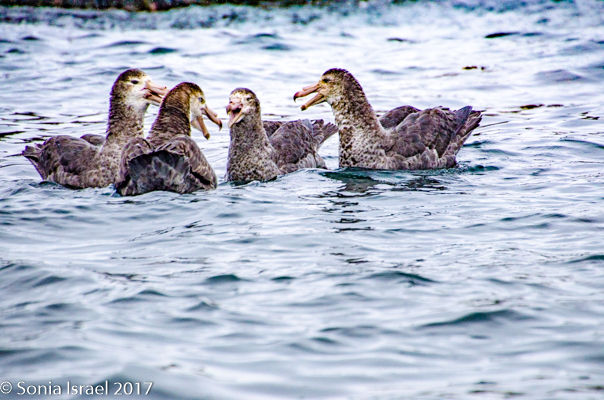

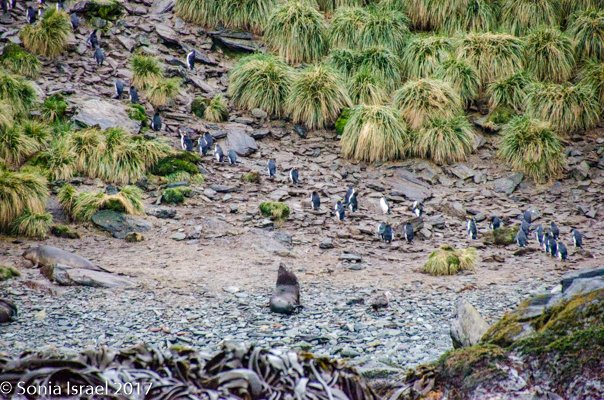
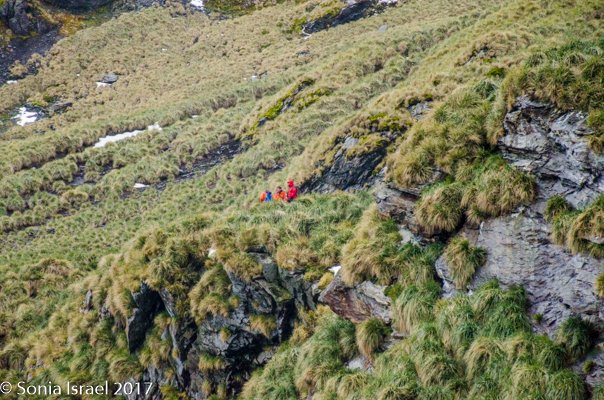
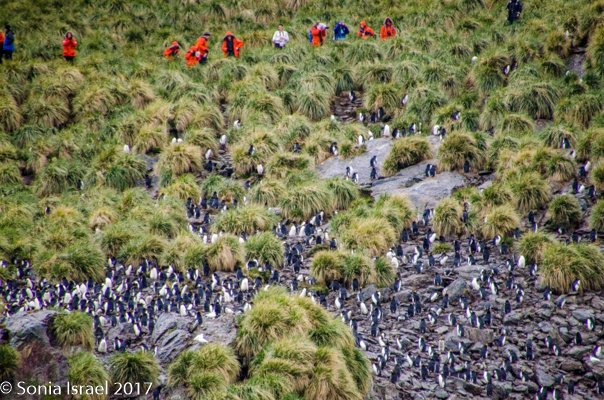
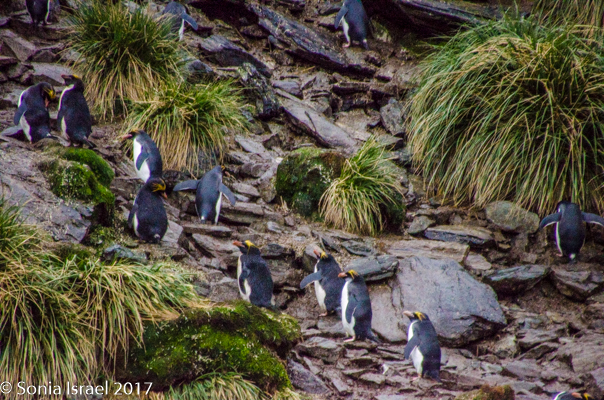
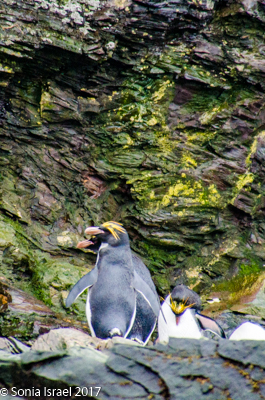
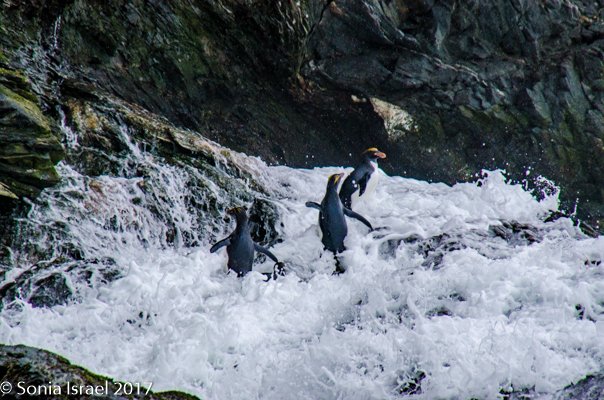
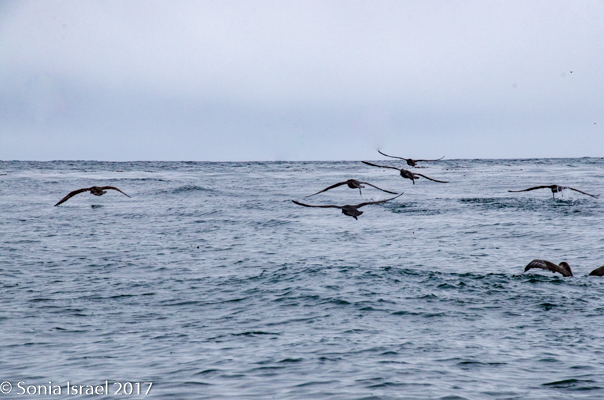

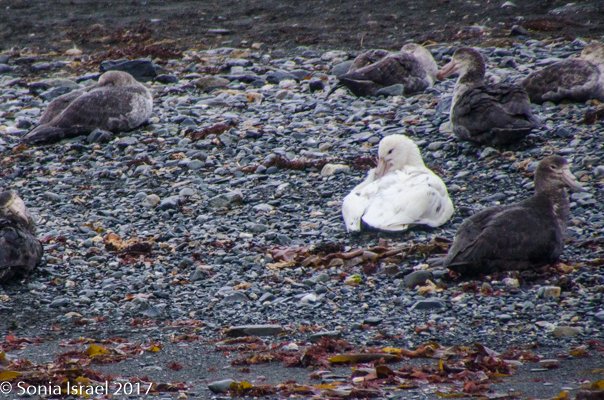
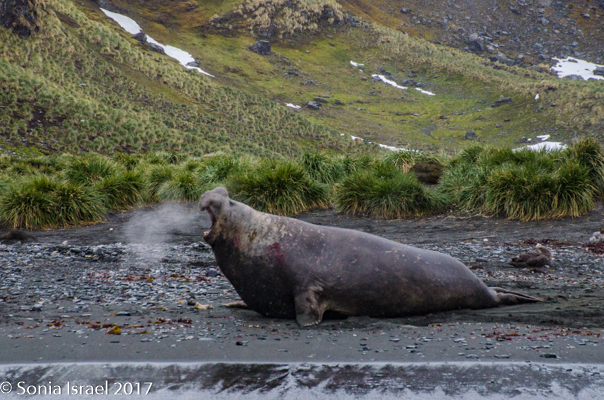
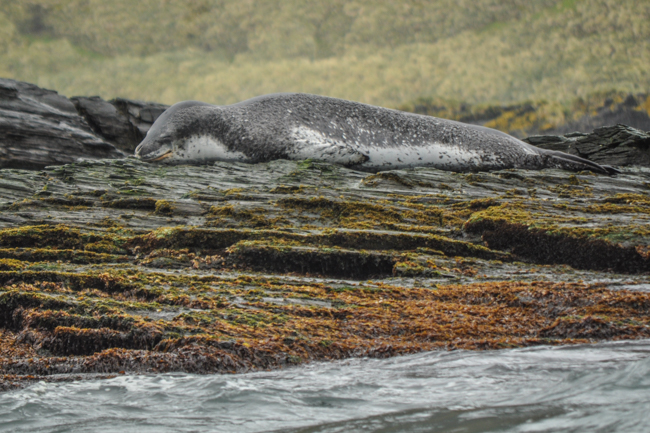

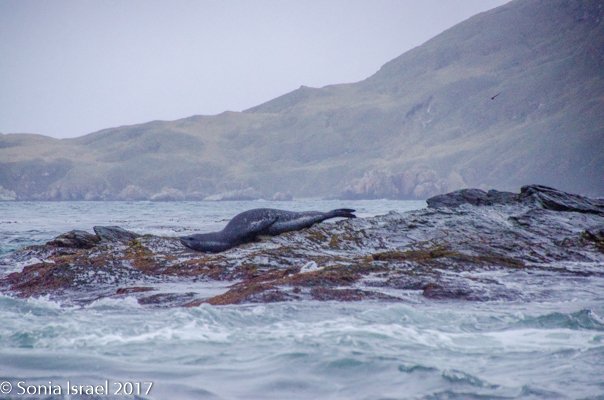
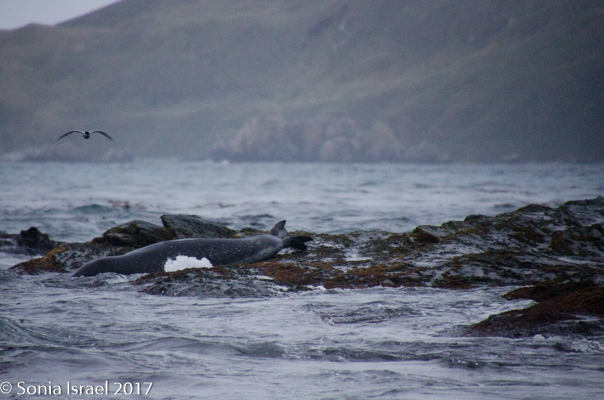
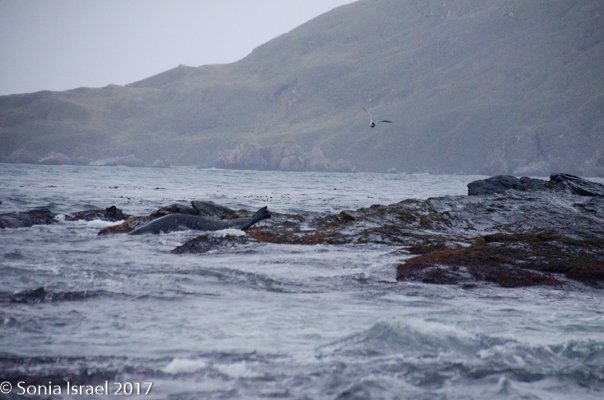
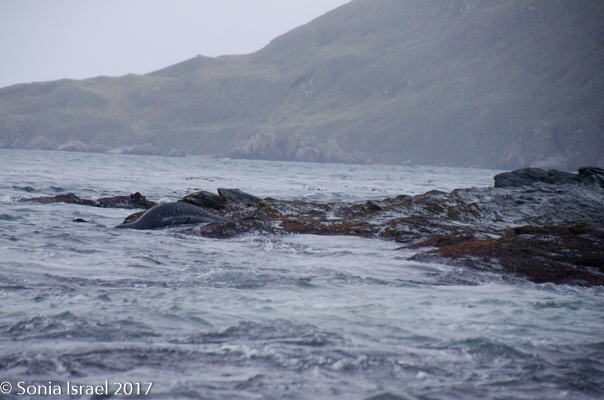
Leave a Reply